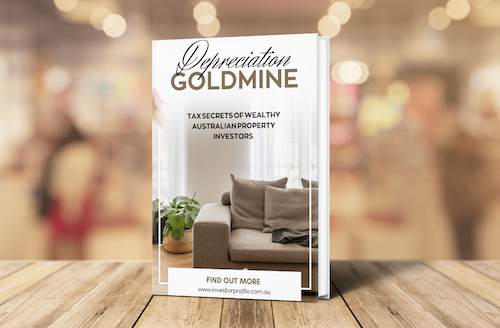Australia's Housing Market: 2023-2025 Key Trends
Over the past two years, Australia's real estate landscape has shifted dramatically due to economic influences, policy reforms, and distinct regional dynamics. This article reexamines the trends and fluctuations in house prices across the nation from 2023 through 2025.
Nationwide Snapshot
By March 2025, the national median dwelling value surged to roughly AUD 820,331—a 6.55% year-on-year rise. This steady increase highlights a generally robust market, though the intensity of growth varied by region.
Insights from Major Cities
- Sydney: Sydney's median dwelling price reached AUD 1.104 million in March 2025, buoyed by a 0.47% monthly uptick. A notable contributing factor was the Reserve Bank of Australia’s decision in February to cut the cash rate by 0.25%, thereby enhancing borrowing power and boosting buyer confidence.
- Melbourne: In the first quarter of 2025, Melbourne experienced a 0.7% increase in home prices, marking a swift rebound from a 1.3% decline in the December 2024 quarter. Despite this bounce-back, the overall annual performance still saw a 2.26% drop, largely due to an augmented housing supply and increased property taxes.
- Adelaide: Adelaide recorded robust growth, with median dwelling values escalating from AUD 709,000 in April 2024 to a record-high AUD 796,000 in March 2025—an impressive annual increase of 11.32%. This surge reflects solid local demand and a migration of buyers from more expensive markets in other states.
- Perth: Perth emerged as one of the fastest-growing markets with a notable 15.8% increase in house prices over the past year, underscoring a significant upswing in market sentiment and investment.
Regional Market Movements
Outside the major cities, regional areas also witnessed significant price adjustments. For example, regional South Australia’s median dwelling value hit AUD 476,000 in March 2025, registering an 11.34% annual increase. This trend underscores the increasing appeal and demand for properties in regional markets since the onset of the pandemic.
Key Influencing Factors
- Interest Rates: The RBA’s rate cut in February 2025 was instrumental in lifting buyer sentiment and enabling enhanced borrowing, which further spurred price increases.
- Supply and Demand Dynamics: Tight housing inventories combined with strong demand—especially in regional zones—have led to upward pressure on prices.
- Economic Conditions: Broader economic factors, including employment trends and wage growth, continue to shape home-buying power and market behavior.
Final Thoughts
Between 2023 and 2025, Australia’s housing market exhibited varied trends: cities like Perth and Adelaide saw significant gains; Sydney experienced modest but steady growth; and Melbourne encountered a mixed performance amid market challenges. These developments highlight the complex interplay of economic policy, local demand, and supply constraints that continue to mold the country's real estate scene.
Sources: CoreLogic, Reuters, Daily Telegraph, Adelaide Now, Herald Sun, Property Update

Discover the #1 tax secret wealthy Australian property investors use to grow their portfolios faster — even in a high interest rate environment.
- Learn how to turn wear and tear into wealth
- See real examples of $15,000+ first-year deductions
- Understand how to structure your purchases for maximum after-tax ROI
Download Your Free Wealth Building Guide
This ebook reveals how to legally slash your tax bill while building long-term wealth through property. Learn the strategies savvy investors use to gain an edge — even before settlement.
- Maximise tax deductions and improve cash flow
- Understand Division 40 vs 43 and how to claim both
- Position yourself to reinvest and scale faster


